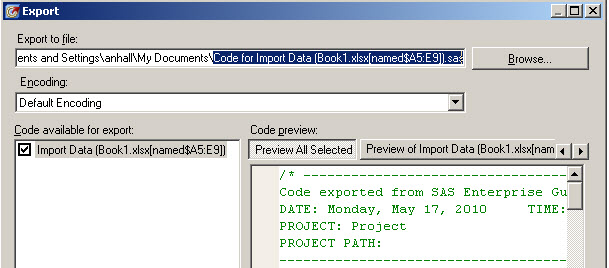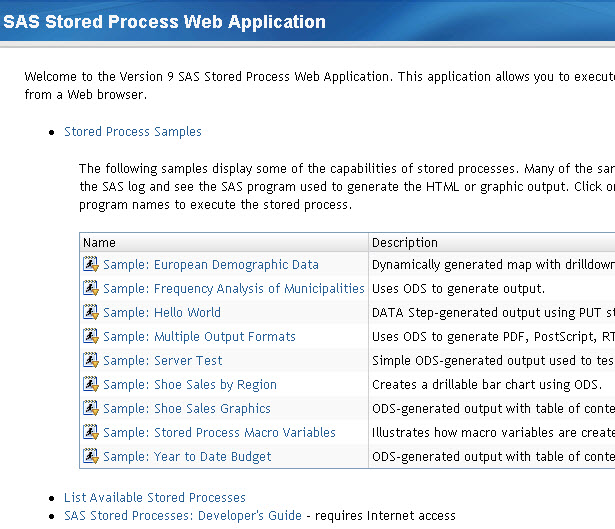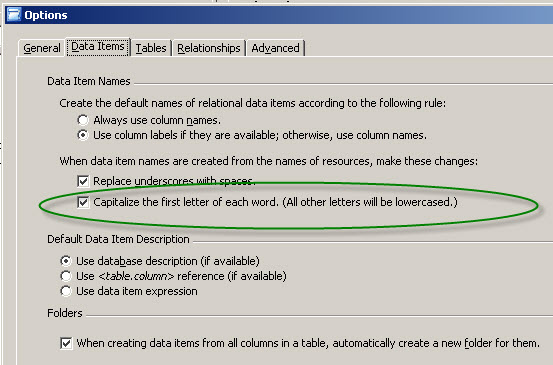The ODS ExcelXP tagset is pretty powerful stuff. Hidding columns, changing the print layout to landscape, updating the spreadsheet names, defining the default column width and row height, etc - it's all available using options within the ExcelXP setup. So the best thing to do is grab some documentation. Fortunetly,
Uncategorized
A few days after I posted part 1 of this blog post, an interesting message popped up on Twitter from @annmariastat: Confused. If you can get #SAS certification in 3 months what exactly are you being certified as? How much can anyone learn in 3 months? A fair question, and
The %STPBegin and %STPEnd macros are pretty powerful pieces of code for SAS Stored Processes. They embed all sorts of information on devices, where content is located, and just make everything work. However for creating those fancy custom HTML forms or layouts, ods html is needed instead. I've written about
I'm happy to report that I have achieved my SAS Certified Base Programmer credential. w00t!. I took my first SAS programming course on March 10th and passed my exam on June 18th (so I guess a more accurate title would say 3 months and 8 days!). I thought I would
I must recommend that you check out this example from pg 70 of the SAS Stored Process Developers Guide. http://support.sas.com/documentation/cdl/en/stpug/61271/PDF/default/stpug.pdf This is a pretty sweet example of how to upload a file from your machine (via Internet Explorer) into the SAS System. A custom form can be created in html
This week’s assignment? Become masters of SAS Functions! Or at least understand the basics of the most popular ones. Chapter 14 is all about Transforming Data with SAS Functions. We decided to divide this chapter in half due to the length of the chapter and things in our study session

You can export the .sas code from a specific task or the entire project into a .sas file! It's great when publishing a project into a repeatable batch/schedule process. However, be aware of default names for the .sas resulting file. I recently ran across an error when exporting a task
In my previous post, I provided some dining choices within walking distance of the hotels near SAS. If you have access to a car or a taxi, your dining possibilties are virtually endless. In this post I'll focus on restaurants in the Cary area, within a 5-15 minute drive from

The default web application for the Stored Process system takes you to a lovely screen with introductions and samples. However, wouldn't it be nice to skip this screen to just jump right into the stored processes you have created? For 9.2, change the following URL to include your server/port name. This

So you are viewing your SAS Web Report and find that all the data elements capitalizations have changed - instead of no caps or all caps, everything is prop cap (or at least PROPCASE). This is actually a default option in Information Map Studio. To turn it off, select Tools



